This is part two of two-part series exploring how we can embrace the opportunity to create a transportation system that works better for Maine people. In part one, we explored what’s wrong with the status quo and in part two we will explore the solutions that will lead to healthier, more affordable choices for residents living in communities across the state.
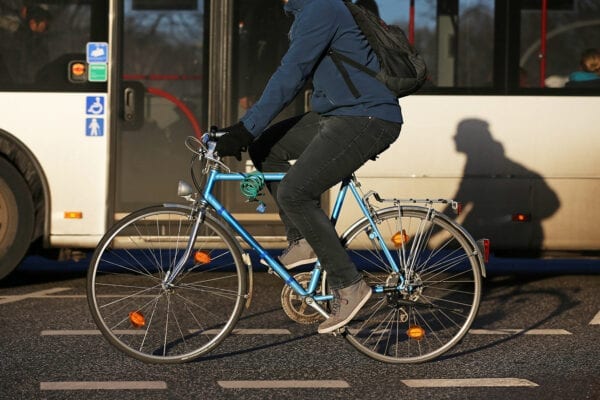 Transitioning to a clean transportation system is all about creating opportunity and increasing choices. We can better connect Maine people and visitors to local businesses, schools, and other services while increasing safety for everyone. We can encourage economic growth by investing in quality public transit and safer, separated walking and biking paths, improving accessibility for children, the elderly, and anyone with limited or no access to a vehicle.
Transitioning to a clean transportation system is all about creating opportunity and increasing choices. We can better connect Maine people and visitors to local businesses, schools, and other services while increasing safety for everyone. We can encourage economic growth by investing in quality public transit and safer, separated walking and biking paths, improving accessibility for children, the elderly, and anyone with limited or no access to a vehicle.
Embracing these opportunities will help curb the congestion plaguing many of our roads, reduce transportation costs for those that need rides, and minimize harm to the clean air and water that is part of Maine’s way of life.
So, how can we begin to shift the paradigm away from busy, dangerous highways to a system that serves everyone in Maine by providing them with more choices for getting around?
There are three proven solutions already in place in other states around the nation that we can look to. All three are incorporated into bills being considered this year by the Maine Legislature.
The first is to evaluate the impact that new transportation investments will have on climate change so we can make sure our limited dollars go toward projects that reduce pollution and curb traffic. The second is to set a transparent framework for making funding decisions so that we know our taxpayer dollars are going to projects that will benefit Maine communities the most. The third is to step up our investment in the statewide transit network which has been left underfunded for decades.
Aligning Transportation Investments with Climate Impact
Transportation produces the most climate pollution in Maine, so it just makes sense that we begin to evaluate the climate impacts of future projects.
There are two primary ways Maine can reduce transportation pollution: driving less and transitioning to electric vehicles. We have ambitious goals in Maine’s Climate Action Plan including for electric vehicles, but transitioning to electric cars and trucks alone is not going to get us to the emissions reduction targets the Legislature set to do our part to combat climate change.
Research conducted for the Climate Action Plan shows that Maine must reduce our annual vehicle miles traveled (VMT) per capita by 20% in order to meet our statewide climate goals. We can do this by providing more transportation options, giving people the choice to drive less if they want to. We live in a rural state, which means that sometimes driving is necessary, but there are plenty of other times we wouldn’t have to if we had access to a reliable bus or a safe path for walking or biking to school, commuting to work, visiting friends, or running errands. Reducing our dependence on cars will make our transportation system safer, cleaner, more accessible, and less expensive.
Maine stands to benefit tremendously from a more diverse transportation system. In addition to avoiding the release of 13 million metric tons of CO2, or the equivalent of 3 coal power plants operating for the course of a year, reducing VMT by 20% will provide Mainers with substantial costs savings, health improvements, and avoided traffic accidents.
The Natural Resources Council of Maine (NRCM) is supporting a bill (LD 1138, An Act to Reduce Pollution Associated with Transportation in Alignment with Maine’s Climate Action Plan) to cut climate pollution by providing more transportation options for Mainers. Transportation planners aren’t currently required to consider climate pollution, but as Maine grows and develops, it is more important than ever we take climate change into consideration when reviewing and approving transportation projects. We know this approach can work because it’s working in other states that have adopted this common-sense approach.
Here’s how the bill would help reduce traffic and curb climate pollution from transportation:
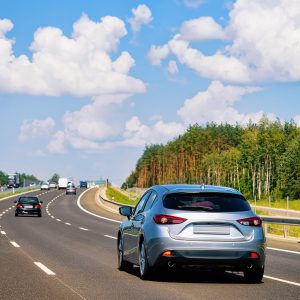 Requires the Maine Department of Transportation (MDOT) to adopt rules to meet our climate goals. Under current law, MDOT can adopt such rules, but is not required to.
Requires the Maine Department of Transportation (MDOT) to adopt rules to meet our climate goals. Under current law, MDOT can adopt such rules, but is not required to.
- Asks that the Department of Environmental Protection (DEP) establish sector-specific greenhouse gas targets so that we can understand the levels that the transportation sector must hit in order for us to be successful in hitting overall statewide targets.
- Requires MDOT and the Maine Turnpike Authority to develop a plan with concrete actions to reduce transportation emissions, a plan that will be included in MDOT’s long-range planning process.
- Establishes a process for conducting impact assessments for any new proposed capacity expansion projects. The impact assessment will be required to project the greenhouse gas (GHG) and VMT impacts of a given project. If the proposed project would increase GHG and VMT, it can only move forward if it is paired with mitigation measures such as investment in public transit, active transportation, micromobility, traffic improvements, and a few other options. If the project can’t offset its impact in alignment with the goals in our climate action plan, it can’t move forward.
- Establishes a Transportation Climate Technical Committee within Maine DOT to conduct impact assessments and assign mitigation measures as well as report out on the progress of the Department in addressing the climate crisis.
Efficient Use of Taxpayer Funding
Maine’s transportation system is expensive and routinely needs bonds to meet demand for maintenance and other important projects. The current Highway Fund is facing a major projected deficit, which will require creative solutions to resolve.¹ That means the decisions about what projects to fund matter. So, how can we make sure those taxpayer dollars are delivering the most benefit possible to Maine communities and the environment?
NRCM is working with GrowSmart Policy Action to advance legislation to establish project selection criteria for new proposed transportation projects. Establishing a clear rubric by which to score proposed transportation projects based on criteria such as safety, economic development, accessibility, environmental impact, and reliability will ensure that the projects that have the greatest potential to benefit Maine communities are prioritized first, and will remove politics from transportation decisions.
The Union of Concerned Scientists and the Brookings Institute have both released reports recently identifying that transparent project selection is key to advancing smart transportation systems that serve the needs of all users, not just those that can afford a car.
Investing in a Robust Statewide Transit Network
Maine also need to support our transit operators, many of whom are struggling to maintain current levels of service due to funding constraints.
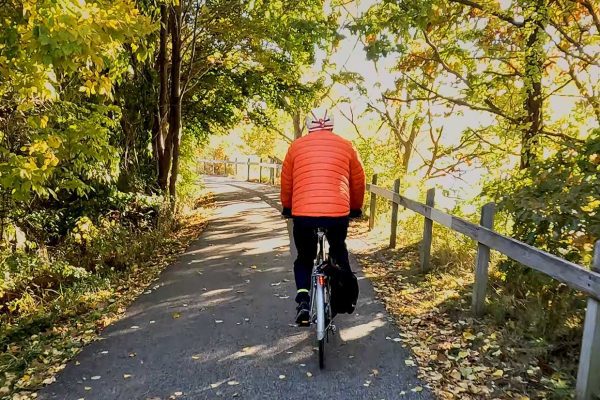
South Portland bike path, photo by Deb Dawson Photography
NRCM is represented on the Public Transit Advisory Council (PTAC), a group of transit operators and riders from each of the 8 transit districts in Maine that is charged with evaluating needs, recommending levels of service, identifying funding requirements and seeking maximum coordination of resources.
The PTAC just released its 4th biennial report highlighting the challenges, obstacles, and needs of the statewide network of transit offerings, which include fixed-route bus transit, rural on-demand transportation services, ferries, passenger rail, and community and shared transportation options.
A recent study found our current public transit system is meeting just 11% of the demonstrated need. Currently, more than 90,000 Maine residents of driving age do not have a driver’s license, and more than 40,000 Maine households do not have access to a vehicle. Those Mainers matter, too.
NRCM and our partners are working on legislation this year to move forward the recommendations contained within the PTAC report, which will respond directly to the needs reported by transit operators in the state.
NRCM is simultaneously working to improve active transportation infrastructure throughout the state by advocating for safe biking and walking paths. Last year, we successfully passed a historic trails bond to invest $30 million in trail infrastructure throughout the state, money that will begin to be distributed later this year. This legislative session, we are supporting several proposals to build new active transportation corridors connecting Maine cities and towns, including LD 29, LD 30, and LD 511.
Constantly expanding highways and roads is no way to plan for the future. Beyond inducing more traffic it costs a lot to maintain, putting a strain on our budgets far into the future.
There is a better path forward. Maine is now growing for the first time in a long time, and as people move to the state, we should forge ahead with a new vision for the future where people have lots of options for getting around, such as public transit, shared transportation, and biking and walking. With your help this year, we can work toward this vision for the future that will benefit our health and our communities.
—Josh Caldwell, NRCM Climate & Clean Energy Policy Advocate and Outreach Manager
1 Maine Center for Economic Policy, Highway fund shortfall highlights the need for sustainable revenue solutions, December 2024, https://www.mecep.org/blog/highway-fund-shortfall-highlights-the-need-for-sustainable-revenue-solutions/



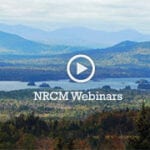
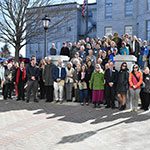




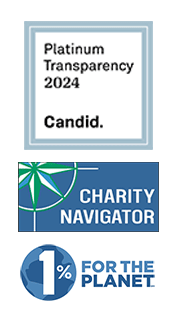

Leave a Reply